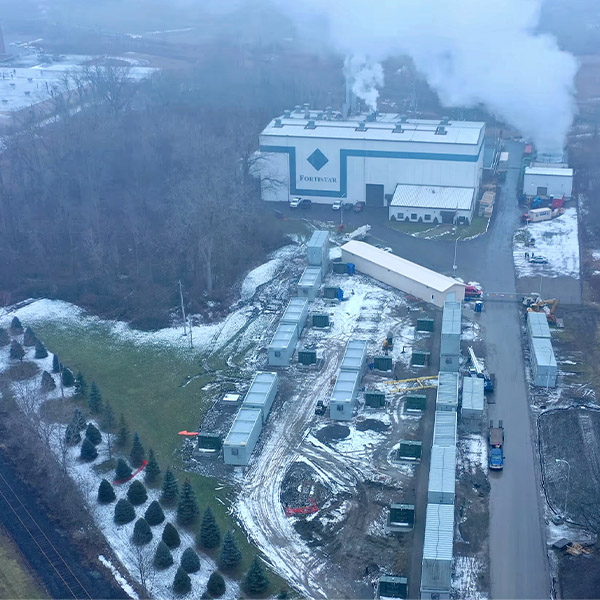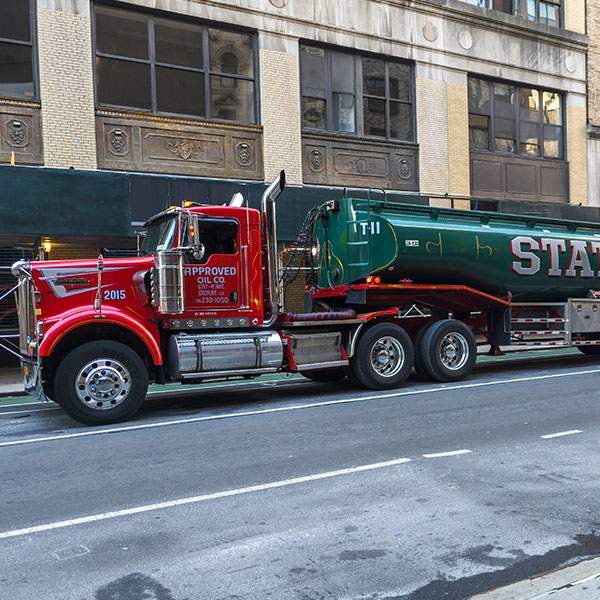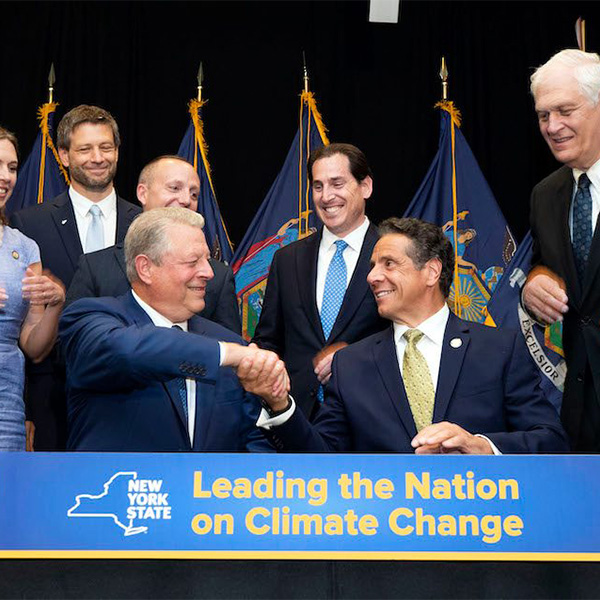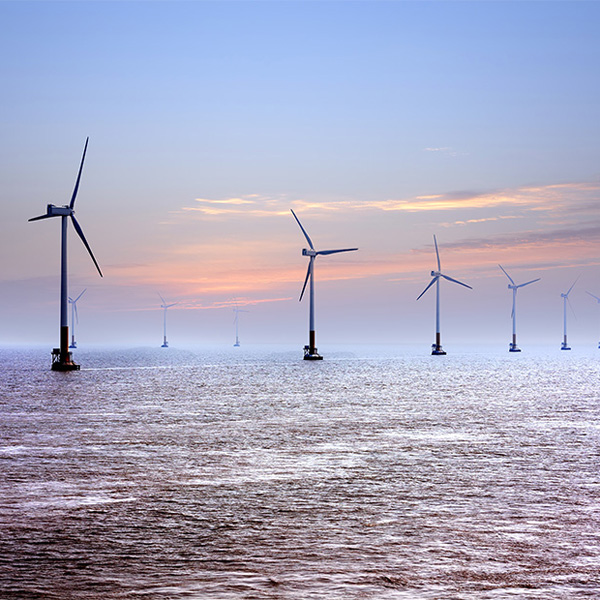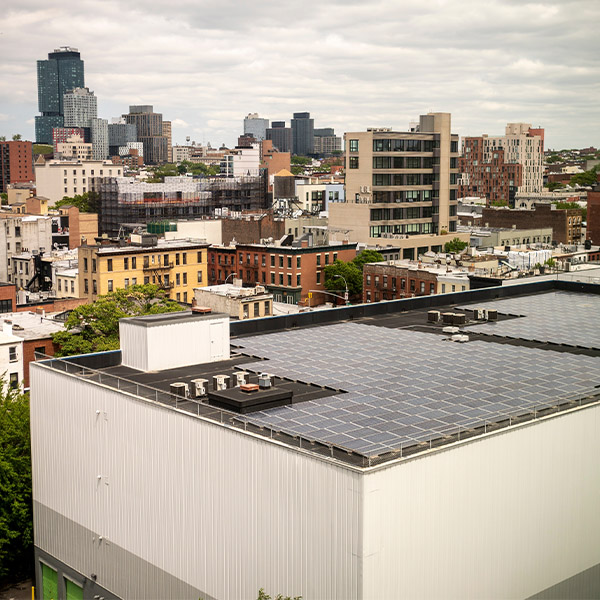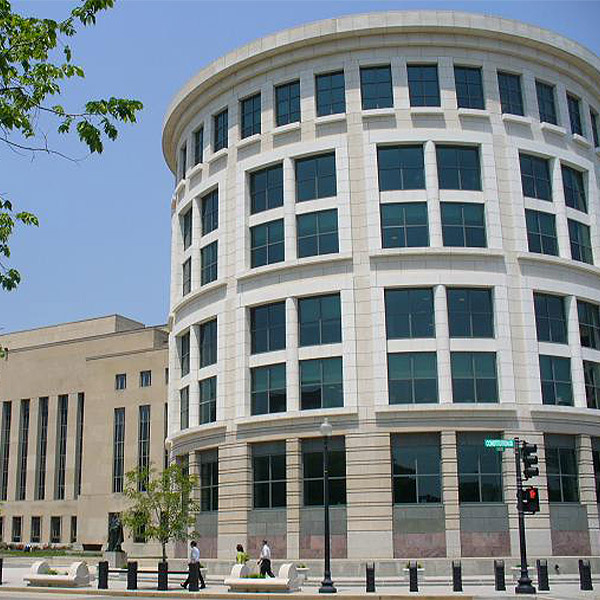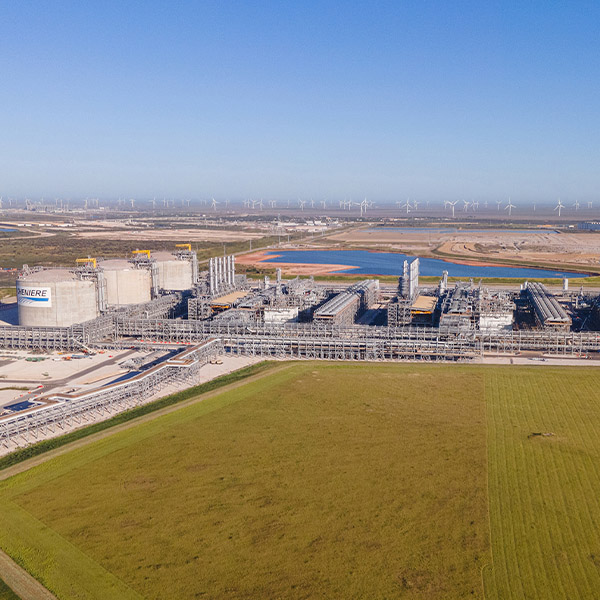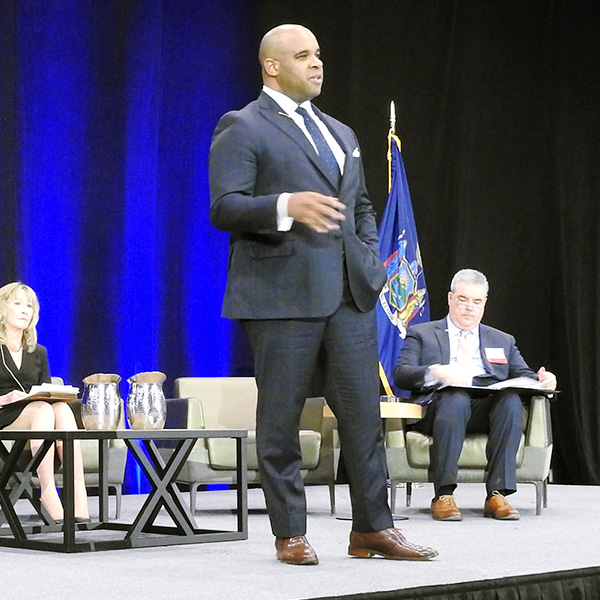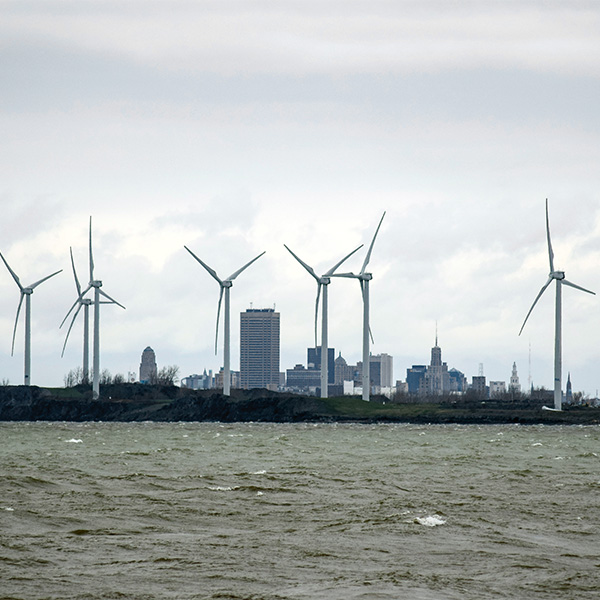New York Climate Leadership and Community Protection Act (CLCPA)
Environmental advocates won a round in their long-running court battle over conversion of a New York peaker plant to a cryptocurrency mining operation
Allowing utilities to own generation again in New York state could speed up their deployment, according to a Brattle Group white paper prepared for Consolidated Edison.
Dueling visions for New York’s proposed cap-and-invest system are being offered as state officials continue the lengthy process of codifying its details.
The report faults New York’s slow progress toward its climate protection goals and warns that the full cost of the effort still has not been quantified, five years after the goals were signed into law.
Gov. Kathy Hochul announced the opening of the state’s fifth offshore wind solicitation, a competitive process to be overseen by the New York State Energy Research and Development Authority.
The architects of New York’s clean energy transition are predicting the state will fall short of its 70%-by-2030 renewable energy target, perhaps far short, and are suggesting ways to catch up in the early 2030s.
The D.C. Circuit Court of Appeals has upheld FERC’s approval of a key NYISO capacity market price determinant that the state utility regulator says could raise costs by hundreds of millions of dollars per year.
The D.C. Circuit ruled in favor of FERC granting previously approved natural gas projects’ requests for an extension of their deadlines to bring the facilities online.
The transition to a deregulated wholesale power market helped drive New York’s adoption of innovative energy technology and policies, panelists said at the IPPNY's 38th spring conference.
State legislators peppered the leader of New York’s clean energy transition with questions about the sputtering progress and controversial details of the effort, but got few firm answers.
Want more? Advanced Search
